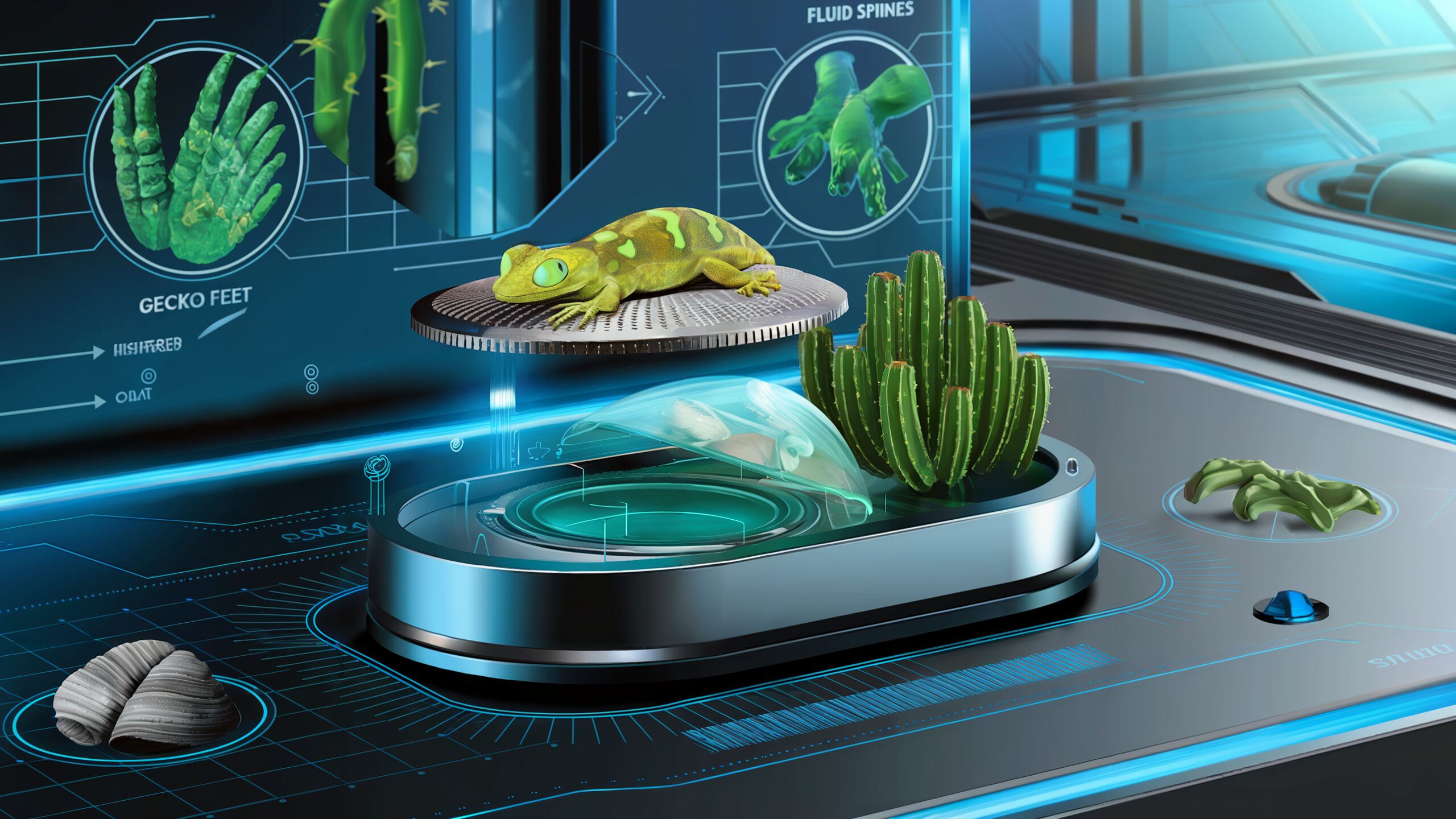A Time to Reflect and Give Thanks
Thanksgiving is more than a holiday, it’s an opportunity to reflect on the values that drive us, celebrate the relationships we cherish, and express gratitude for the progress we’ve achieved. At Advanced EMC Technologies, we’re taking this moment to acknowledge the people, innovations, and industries that inspire us to continually push boundaries in material science and engineering.
In this blog, we share what we’re most thankful for this year and how those reflections guide our commitment to excellence.
Gratitude for Our Clients
At the heart of everything we do are the partnerships we’ve built with clients across industries. From aerospace to medical devices, we’re thankful for the opportunity to collaborate on projects that solve critical challenges and drive innovation.
- This year, we’ve had the privilege of contributing to advancements in energy systems, transportation, and healthcare. Your trust in us fuels our passion to deliver precision-engineered solutions.
Honoring the People Behind the Innovation
Innovation doesn’t happen in isolation—it’s powered by the dedication and creativity of our team. From engineers who refine every detail of a spring-energized seal to the staff ensuring on-time delivery, we are thankful for their commitment to excellence.
- A big thank-you to our R&D teams who constantly explore new materials and designs, such as custom PTFE blends and PEEK solutions, to meet the evolving needs of our clients.
Appreciation for Challenges That Drive Progress
In every challenge lies an opportunity. This year, we’ve faced—and overcome—engineering puzzles that required creativity and collaboration. From designing seals capable of withstanding cryogenic conditions to crafting solutions for ultra-high-pressure environments, we’re grateful for the chance to innovate.
- A recent success story involved developing custom seals for a client in the oil and gas industry, enabling safer and more efficient operations in extreme conditions.
Reflecting on Innovation’s Impact on the World
This Thanksgiving, we’re reminded of the broader impact of what we do. Our advanced materials and sealing solutions play a small but vital role in powering industries that make the world a better place:
- Healthcare: Ensuring medical devices perform flawlessly, helping improve patient outcomes.
- Energy: Supporting renewable energy initiatives through reliable sealing technologies.
- Aerospace: Enabling safer, more efficient travel for millions worldwide.
Looking Ahead with Gratitude
As we prepare for another year of innovation, we’re excited to build on the trust and support of our clients, partners, and team members. Gratitude is not just a sentiment—it’s a driving force that inspires us to push boundaries and set new standards in advanced materials.
Thank You
From all of us at Advanced EMC Technologies, we extend our deepest gratitude to the clients, industries, and individuals who inspire us every day. As we gather this Thanksgiving, we celebrate not only the progress we’ve made but also the relationships and opportunities that make it all possible.
Happy Thanksgiving from Advanced EMC Technologies!
Ready to Upgrade Your Sealing Solutions?
If you’re looking to improve the reliability and longevity of your high-pressure sealing systems, contact us today to learn more about how our metal C-rings can solve your most demanding sealing challenges. Our experts are ready to help you choose the perfect sealing solution for your specific needs.


